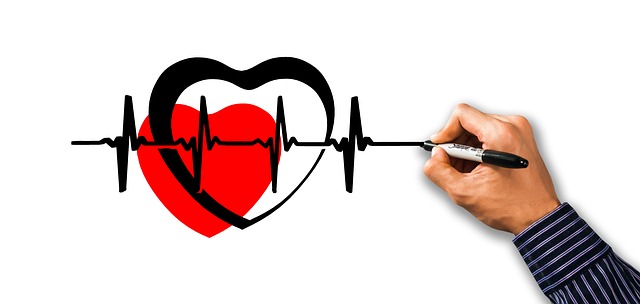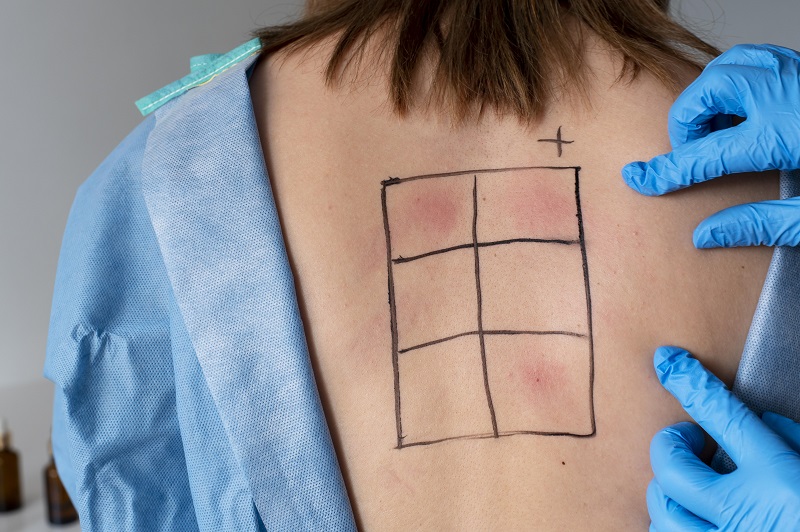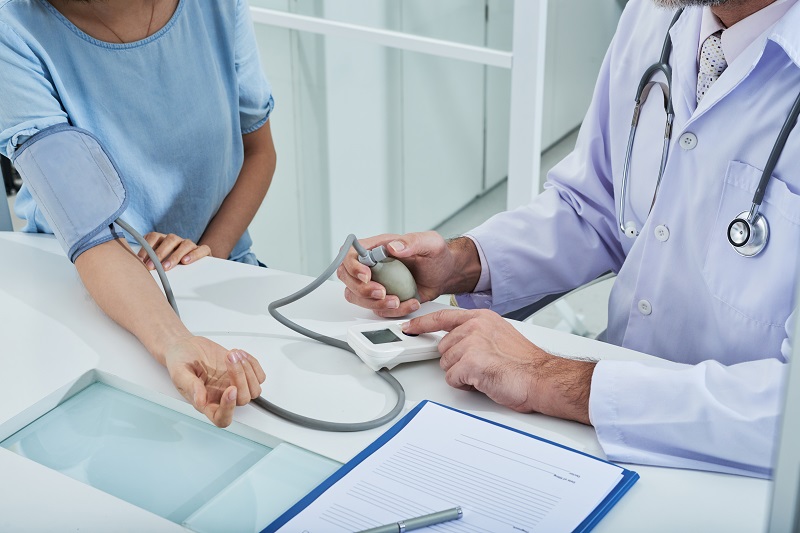The Buyt Desk
Cholesterol is a type of lipid produced naturally in the body by the liver. Every biomolecule produced in the body has an assigned function, so does cholesterol. The amount of cholesterol produced in the body is sufficient to fulfil the entire demand of the body.
Important functions of cholesterol
-
It forms the membrane of every cell present in the body.
-
It is required for bile formation. Bile is necessary for fat digestion in the body.
-
It finds use in the formation of steroid hormones and vitamin D. Thus, it has a role in keeping teeth, bones, and muscles healthy.
Transport of cholesterol
Cholesterol is a lipid that means it is hydrophobic (fat-loving or water-repelling). Blood is mostly a hydrophilic (water-loving) body fluid. Blood is the medium that transports cholesterol in the body. However, since cholesterol is a lipid, it cannot travel directly in the hydrophilic medium, blood. As a result, it moves through blood as a tight ball of both lipid and proteins, known as lipoproteins.
Difference between “good” and “bad” cholesterol
Excess of anything is bad. Though cholesterol is necessary for the body, yet in excess, it can cause heart disease. There are two types of cholesterol: High-density lipoprotein (HDL) cholesterol and Low-density lipoprotein (LDL) cholesterol. Commonly, HDL is referred to as “good” cholesterol, while LDL is referred to as “bad” cholesterol. HDL cholesterol is richer in protein than cholesterol. It carries cholesterol from body parts back to the liver where it is segmented and excreted from the body. In contrast, LDL cholesterol has a higher amount of cholesterol than protein. It carries cholesterol to destination cells. Nonetheless, if it is greater than the optimal concentration, it can clog blood vessels and lead to heart disease. Because of these reasons, the nomenclature of “good” and “bad” cholesterol was created.
Optimal concentration of LDL and HDL cholesterol
A blood test (lipid profile) reveals the amount of cholesterol in the blood. For men elder than 20 years, the optimal level of LDL cholesterol is less than 100mg (milligrams) of cholesterol per dL (deciliter) of blood and the optimal level of HDL cholesterol is greater than 45 mg of cholesterol per dL of blood. For women elder than 20 years, the optimal level of LDL cholesterol is less than 100mg of cholesterol per dL of blood, and the optimal level of HDL cholesterol is greater than 50mg of cholesterol per dL of blood.
Food choices to lower LDL cholesterol and increase HDL cholesterol
Cholesterol is a fatty substance. The liver produces the entire amount required by the body. Thus, the body does not require an additional source of cholesterol. Choose food wisely to ensure your cholesterol levels do not exceed the optimum concentration and thus reduce the risk for heart disease.
-
Reduce the intake of food rich in saturated fats: Food with high saturated fat content has high cholesterol content. Animal-based foods like fatty meats, cheese, dairy desserts contain saturated fats. Limiting intake of such foods can keep cholesterol levels within the desired limit. Choose foods like lean meats, seafood, fat-free milk, whole grains, fruits and vegetable that have low saturated fats, trans fat, sugar, and salt. Trans fat increases LDL cholesterol and reduce HDL cholesterol. Foods like cakes, cookies, and fried foods contain trans fat. Avoiding beverages with high sugar content is also helpful in maintaining a healthy level of cholesterol in the body.
-
Select foods rich in unsaturated fats and fibre: Vegetable oils have unsaturated fats. Oatmeal and beans are naturally rich in fibre. These foods increase “good” cholesterol in the body but keep “bad” cholesterol at bay.
In addition to the modulation of the diet, cholesterol can be maintained to a healthy level by regular exercising, limiting the intake of alcohol, giving up smoking, managing stress, and maintaining an optimal weight.







